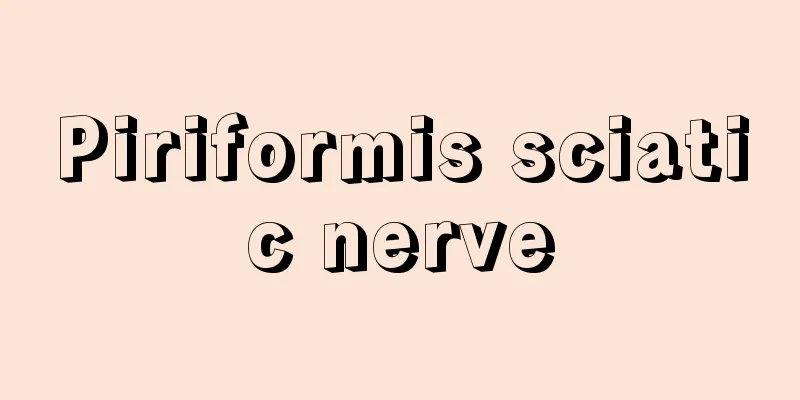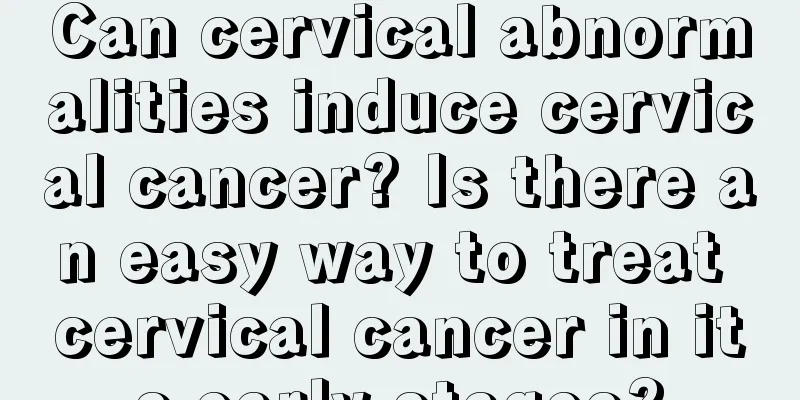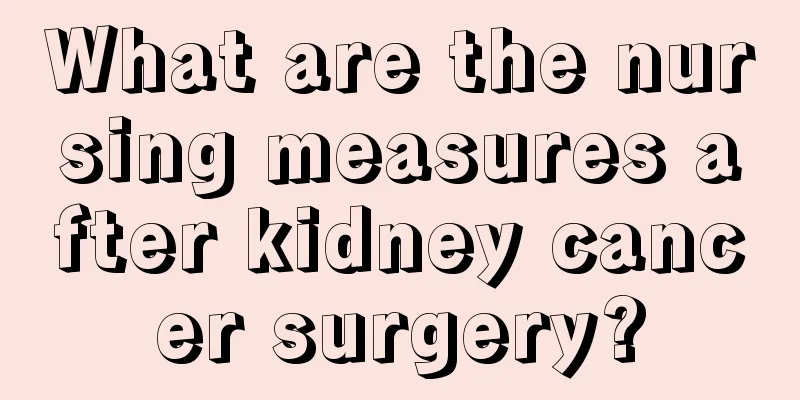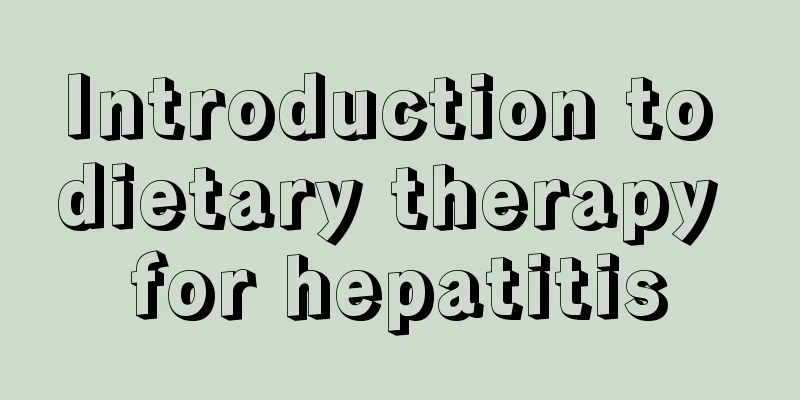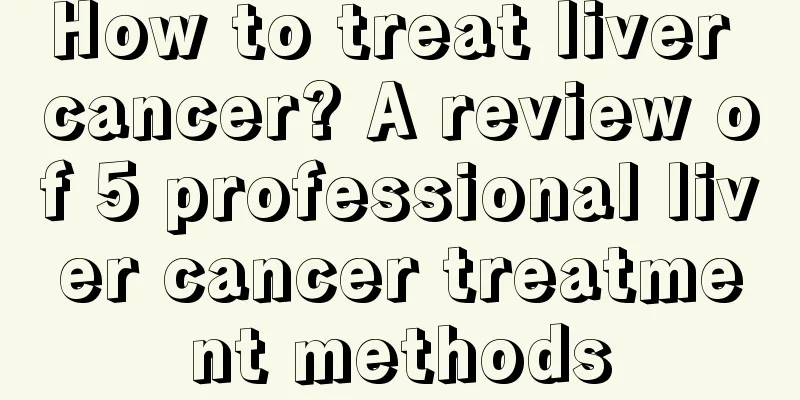What is the treatment for epilepsy
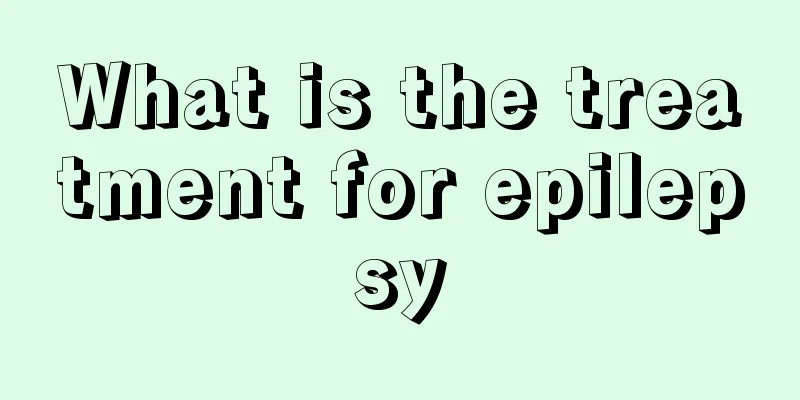
|
Epilepsy is still a medical problem, because there is currently no other way to treat epilepsy except medication. Half of epilepsy patients will slowly recover with the care of their family, but there are also many patients with severe epilepsy who need long-term medication maintenance. Generally, there are many conventional treatments for epilepsy, including medication maintenance, surgical treatment, and identifying the cause, all of which are effective in treating the disease. Treatment options for epilepsy in women include: (1) Drug treatment. Drugs are common and frequently used to treat epilepsy and work well for some people. Epilepsy can be controlled in most patients through drug treatment, and drug treatment of epilepsy is currently the most effective, convenient, safe and commonly used treatment method. There are many types of anti-epileptic drugs, and new drugs are also emerging. They have a broad spectrum of anti-epileptic effects, strong anti-epileptic effects and low toxicity. (2) Surgical treatment or gamma knife treatment. Surgical treatment is mainly suitable for patients with refractory epilepsy who are not effectively treated with drugs or other methods. Through craniotomy, the epileptic lesion is removed or the nerve fiber connection between the epileptogenic focus and the epileptic focus is damaged, thereby preventing the generation and spread of abnormal epileptic discharges. Vagus nerve stimulation or cerebellar stimulation: The cerebellar cortex or the vagus nerve trunk in the neck is stimulated with electrical pulses. Through the neural connection between them and the cerebral cortex, the epileptic discharges of the cortex can be inhibited, and epileptic seizures can be controlled. It is also mainly suitable for refractory epilepsy. (3) Etiological treatment Etiological treatment refers to treatment based on the cause of epilepsy, and is mainly suitable for patients with epilepsy caused by other disease factors. For example, for encephalitis, anti-inflammatory treatment is used; for parasitic infection, anthelmintic treatment is used; for epilepsy caused by brain tumors or cerebral vascular malformations, surgical treatment is used. Patients should avoid factors that trigger epilepsy and develop healthy living habits, such as avoiding computer games, fatigue, fever, dehydration, excessive drinking, etc.; psychiatric and psychological treatment and rehabilitation treatment can improve the quality of life of epilepsy patients. Physical therapy for juvenile epilepsy has few side effects, is beneficial in controlling the recurrence of epilepsy, and has an ion penetration effect. It is called a "painless scalpel" by the scientific community. The advanced variable frequency transcranial magnetic encephalopathy rehabilitation treatment system, electroencephalographic bionic stimulator, brain physiological dysfunction treatment device, transcranial Doppler, stereotactic and radio frequency system have laid the hardware foundation for physical treatment of juvenile epilepsy. Physical therapy for juvenile epilepsy has changed the previous situation of relying solely on drug treatment or surgery to treat epilepsy. Physical therapy for juvenile epilepsy is based on neuroregulation, a technology that is highly praised by epilepsy experts and patients in the industry. Neuromodulation technology is a discipline in medicine and bioengineering. It involves implantable and non-implantable electronic and chemical technologies to adjust the nervous system functions of clinical patients to achieve good results in epilepsy treatment. It also implements a strict "tiered management" strategy for patients and adopts a scientific "clinical pathway" diagnosis and treatment model to effectively solve epilepsy, its complications and comorbidities, and improve patients' lives in a humane way. Physical therapy for juvenile epilepsy has many advantages, but this therapy can only be used as an auxiliary therapy at present. There is currently no precedent for the cure of epilepsy with pure physical therapy for juvenile epilepsy. However, physical therapy for juvenile epilepsy still has many advantages. It can reduce the side effects of drugs and cooperate with drug treatment to well control the disease when the patient has an attack. |
<<: The process of enterohepatic circulation
>>: How to use Banana Boat sunscreen?
Recommend
How to solve the problem of sweaty and smelly feet?
In life, many people have sweaty and smelly feet,...
Will warts fall off by themselves?
Warts, also known as fleshy warts, are a common s...
Is it good to eat grapefruit before going to bed?
Many people like to eat some fruit before going t...
What are the hazards of ear lymph nodes
Normal people have lymph nodes behind their ears....
What medicine should be used for the precursors of skin cancer
Skin cancer is a malignant tumor disease. Many pe...
What Chinese medicine should I take for late stage renal cancer
What Chinese medicine should be taken for patient...
Medicine that won't make you drunk
There are often occasions around us for socializi...
What are the consequences of long-term nasal congestion
Many people always feel that their noses are bloc...
Nasopharyngeal cancer seems to be hereditary
Does nasopharyngeal cancer seem to be hereditary?...
Can thyroid nodules be felt out?
Thyroid nodules are actually a disease of thyroid...
Can I eat kiwi fruit with the skin?
Kiwi fruit is what people call kiwi fruit in thei...
How to grow muscles quickly through fitness?
Nowadays, people pay more and more attention to h...
Does dry heaving in early pregnancy mean it’s a boy?
Women will experience nausea and vomiting to a ce...
Can stomach cancer be cured? There are three treatment methods
Gastric cancer is a tumor disease that occurs in ...
Cost of treatment for colorectal cancer liver metastasis
In the view of international oncology experts, te...

